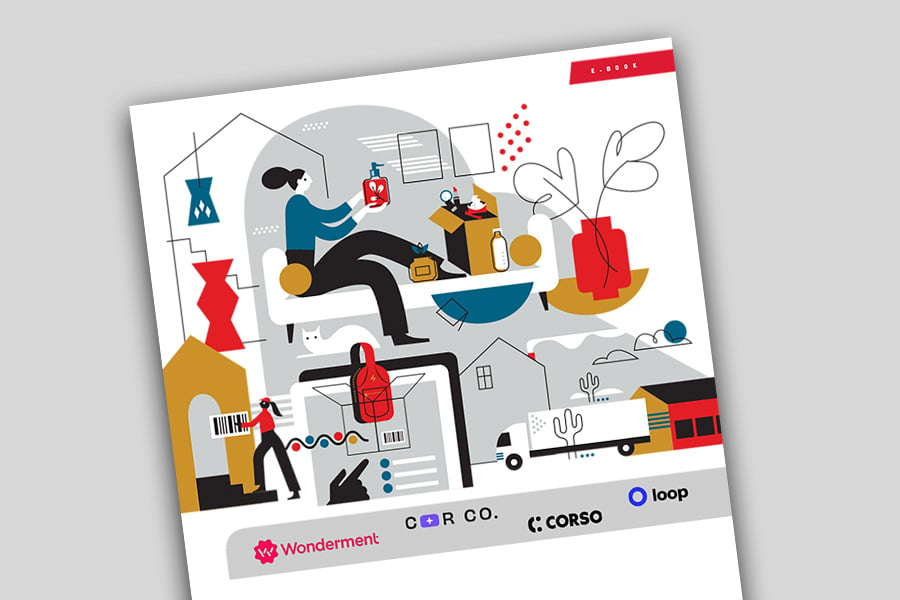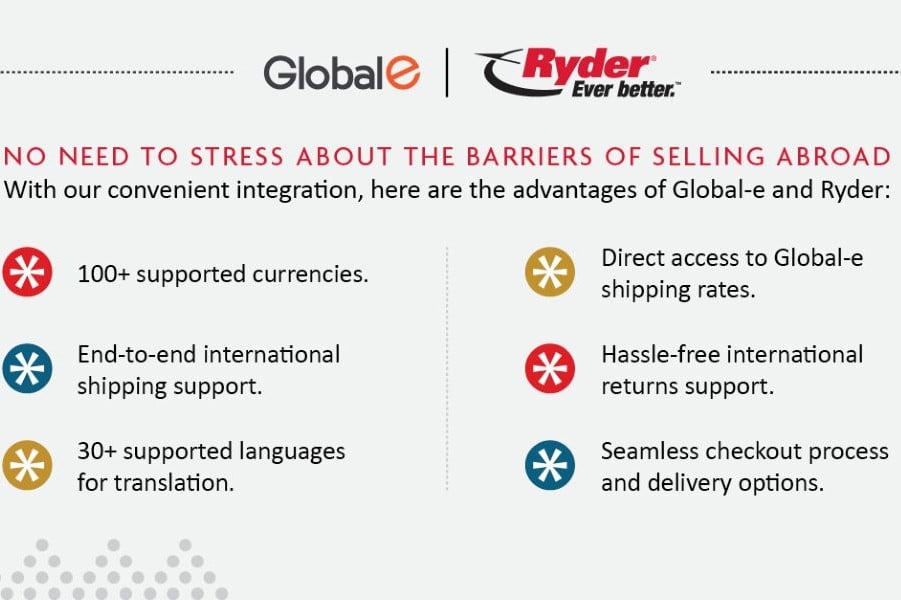For one leading fashion brand, their fulfillment solutions were unfit for their needs.
When the company made the leap into D2C with its own online business for e-commerce sales, they needed a distribution strategy that made sense and would allow the company to distribute to multiple channels.
The organization operates its own dedicated stores and outlet stores, sells to specialty stores, and has a good wholesale business, selling their high fashion apparel through high-end retailers like Nordstroms and Neiman Marcus.
With all of these different channels to sell their product, the company knew the fastest growing channel was D2C and wanted to focus on driving faster fulfillment. They needed a 3PL provider that could ship D2C fast and ensure that all of the other channels were distributed within their desired timeframe.
Omnichannel fulfillment for ever-changing needs
In early 2016, the luxury brand and retailer turned to Ryder to manage all its distribution requirements for the wholesale, retail and D2C businesses throughout the U.S. and Canada. Keeping pace with the dynamic, multi-channel business was critical for the brand.
“It was extremely important for our customer to get their daily throughput and service requirements accomplished with a full-service 3PL. We are able to quickly react to their service needs and throughput needs as they change on a daily basis,” says Sarah Drazetic, Chief Engineering and Process Officer at Ryder. “On wholesale orders, we sometimes have to react quickly to make adjustments to flag inbound shipments and swiftly process the order to meet the retailer’s delivery timeframes or risk cancellation of the order.”
The brand’s design studio is based in Los Angeles, and inbound shipments arrive regularly at west coast ports that include the Port of Oakland, Port of Los Angeles, and air freight into LAX. From there, goods are transferred to a distribution center (DC) located within Ryder’s Retail Distribution Campus consisting of 4 facilities and 1.9 million square feet in City of Industry, Calif. The customer’s fulfillment operations take up about one-fourth of Ryder’s 445,000 square foot facility in a dedicated area.
A scalable solution, fit for their needs
Efficient processes at the DC-level allow Ryder to meet the customer’s service requirements of multiple channels and throughput goals.
“We have our warehouse set up to process a lot of goods in a short amount of time. It’s fluid and flows quite well,” Drazetic says. This means scaling quickly during peak holiday periods, such as Black Friday, when throughput volumes typically increase four-fold. Daily staffing levels typically average about 60 to 80 warehouse associates.
Also critical to the partnership is daily communication across the team that includes the brand’s executives and managers, and two Ryder operations managers. “We have a great line of communication with our customer, talking almost every day on a conference call with our operations team and their team to review orders and build our labor plan,” Drazetic says.
Ryder’s proprietary warehouse management system (WMS), Event Tracker, supports fast and agile fulfillment. “Especially in the D2C and dropship space, we use Event Tracker to plan the picking from garment-on-hanger (GOH) and flat locations, but more importantly, the system allows us to be efficient and accurate when we are picking,” Drazetic says, noting up to 12 orders at a time can be picked across the two areas.
2.6 million units shipped, received, and worn
Since the luxury fashion brand and retailer started in March 2016 with Ryder, the 3PL continues to meet its throughput goals and the service requirements of the brand’s customers across channels.
In 2017, Ryder shipped over 2.6 million units for the brand, with approximately 65 percent of shipments distributed to wholesalers. Another 27 percent were distributed to the company’s retail and outlet stores, and the remainder to consumers from online orders, in the small but fast-growing D2C segment.
“The customer has confidence in our daily throughput, meaning we do what we say we will and what we agree on,” Drazetic says. One key driver at the DC is labor optimization to meet daily volumes, as well as high productivity levels among warehouse staff, supported by the 3PL’s comprehensive training program that benchmarks the status of improvements.
Order fill rates, measuring if the ordered goods are in stock and readily shipped to the customer, are another critical fulfillment performance factor, particularly important for D2C orders. Ryder consistently meets or exceeds the industry standard for fill rates of the brand’s orders across channels.




